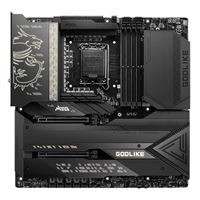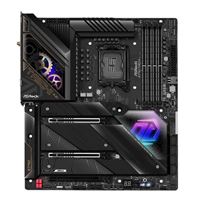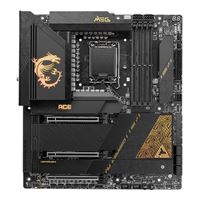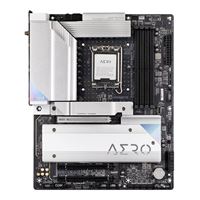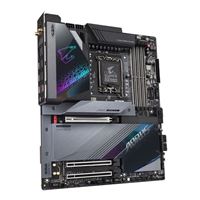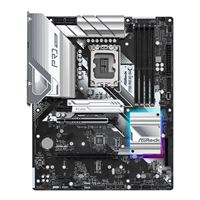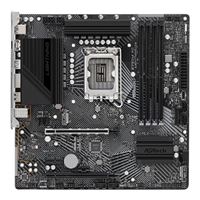Special Offers / Advertisements
Compare up to 4 items
New list of matching products
X
Sorry, you may compare a maximum of 4 items at a time.
Please clear one or more of your compare items before adding another-
0 IN STOCK at Cambridge StoreOur price $229.991 open box from $119.96
-
2 IN STOCK at Cambridge StoreOur price $1,199.99
-
3 IN STOCK at Cambridge StoreOur price $479.99
-
3 IN STOCK at Cambridge StoreOur price $174.99
Original price $179.99Save $5.00 -
3 IN STOCK at Cambridge StoreOur price $189.99
Original price $219.99Save $30.00 -
1 IN STOCK at Cambridge StoreOur price $509.99
Original price $609.99Save $100.002 open box from $317.96 -
0 IN STOCK at Cambridge StoreOur price $269.99
Original price $299.99Save $30.001 open box from $153.96 -
3 IN STOCK at Cambridge StoreOur price $179.99
Original price $199.99Save $20.00 -
4 IN STOCK at Cambridge StoreOur price $399.99
-
2 IN STOCK at Cambridge StoreOur price $189.99
Original price $209.99Save $20.00 -
2 IN STOCK at Cambridge StoreOur price $229.99
Original price $289.99Save $60.00 -
2 IN STOCK at Cambridge StoreOur price $159.99
Original price $179.99Save $20.00
Special Offers / Advertisements
{
'name': 'Z690-A PRO WiFi DDR5 Intel LGA 1700 ATX Motherboard',
'id': '644629',
'price': '229.99',
'brand': 'MSI',
'category': 'Motherboards|122',
'list': 'Search Results',
'position': 1
},{
'name': 'Z790 MEG Godlike Intel LGA 1700 eATX Motherboard',
'id': '661310',
'price': '1,199.99',
'brand': 'MSI',
'category': 'Motherboards|122',
'list': 'Search Results',
'position': 2
},{
'name': 'Z790 Taichi Intel LGA 1700 eATX Motherboard',
'id': '660296',
'price': '479.99',
'brand': 'ASRock',
'category': 'Motherboards|122',
'list': 'Search Results',
'position': 3
},{
'name': 'B760M Aorus Elite AX Intel LGA 1700 microATX Motherboard',
'id': '663107',
'price': '174.99',
'brand': 'Gigabyte',
'category': 'Motherboards|122',
'list': 'Search Results',
'position': 4
},{
'name': 'Z790 Pro RS Intel LGA 1700 ATX Motherboard',
'id': '660294',
'price': '189.99',
'brand': 'ASRock',
'category': 'Motherboards|122',
'list': 'Search Results',
'position': 5
},{
'name': 'Z790 MEG Ace Intel LGA 1700 eATX Motherboard',
'id': '661311',
'price': '509.99',
'brand': 'MSI',
'category': 'Motherboards|122',
'list': 'Search Results',
'position': 6
},{
'name': 'Z790 AERO G Intel LGA 1700 ATX Motherboard',
'id': '659676',
'price': '269.99',
'brand': 'Gigabyte',
'category': 'Motherboards|122',
'list': 'Search Results',
'position': 7
},{
'name': 'Z790 PG Lightning D4 Intel LGA 1700 ATX Motherboard',
'id': '664306',
'price': '179.99',
'brand': 'ASRock',
'category': 'Motherboards|122',
'list': 'Search Results',
'position': 8
},{
'name': 'Z790 AORUS MASTER Intel LGA 1700 eATX Motherboard',
'id': '659675',
'price': '399.99',
'brand': 'Gigabyte',
'category': 'Motherboards|122',
'list': 'Search Results',
'position': 9
},{
'name': 'Z790 Pro RS/D4 Intel LGA 1700 ATX Motherboard',
'id': '660295',
'price': '189.99',
'brand': 'ASRock',
'category': 'Motherboards|122',
'list': 'Search Results',
'position': 10
},{
'name': 'Z790 Steel Legend WiFi Intel LGA 1700 ATX Motherboard',
'id': '660297',
'price': '229.99',
'brand': 'ASRock',
'category': 'Motherboards|122',
'list': 'Search Results',
'position': 11
},{
'name': 'Z790M PG Lightning/D4 Intel LGA 1700 microATX Motherboard',
'id': '660285',
'price': '159.99',
'brand': 'ASRock',
'category': 'Motherboards|122',
'list': 'Search Results',
'position': 12
}
{'id': 'Tower',
'name': 'SMB Best for Business - Cambridge',
'creative': 'https://60a99bedadae98078522-a9b6cded92292ef3bace063619038eb1.ssl.cf2.rackcdn.com/images_ads_2021Search_August_WorkstationST.png',
'position': '1' }



